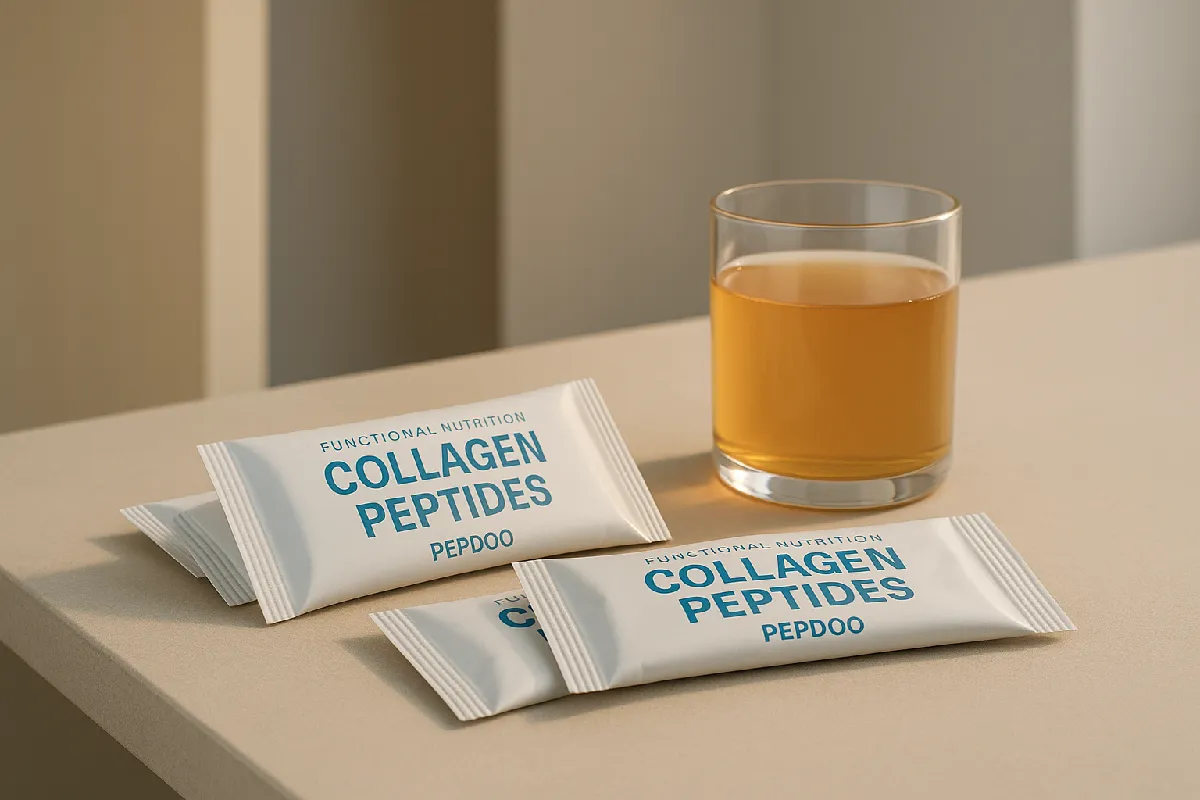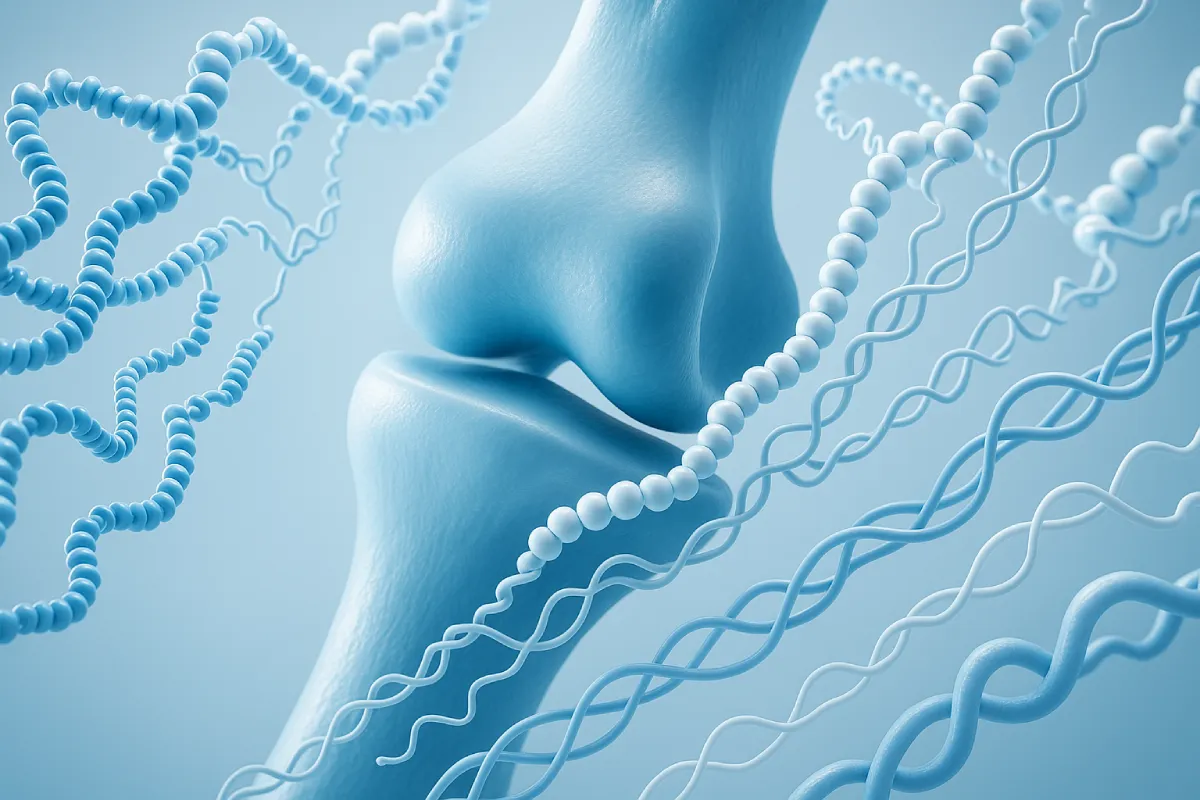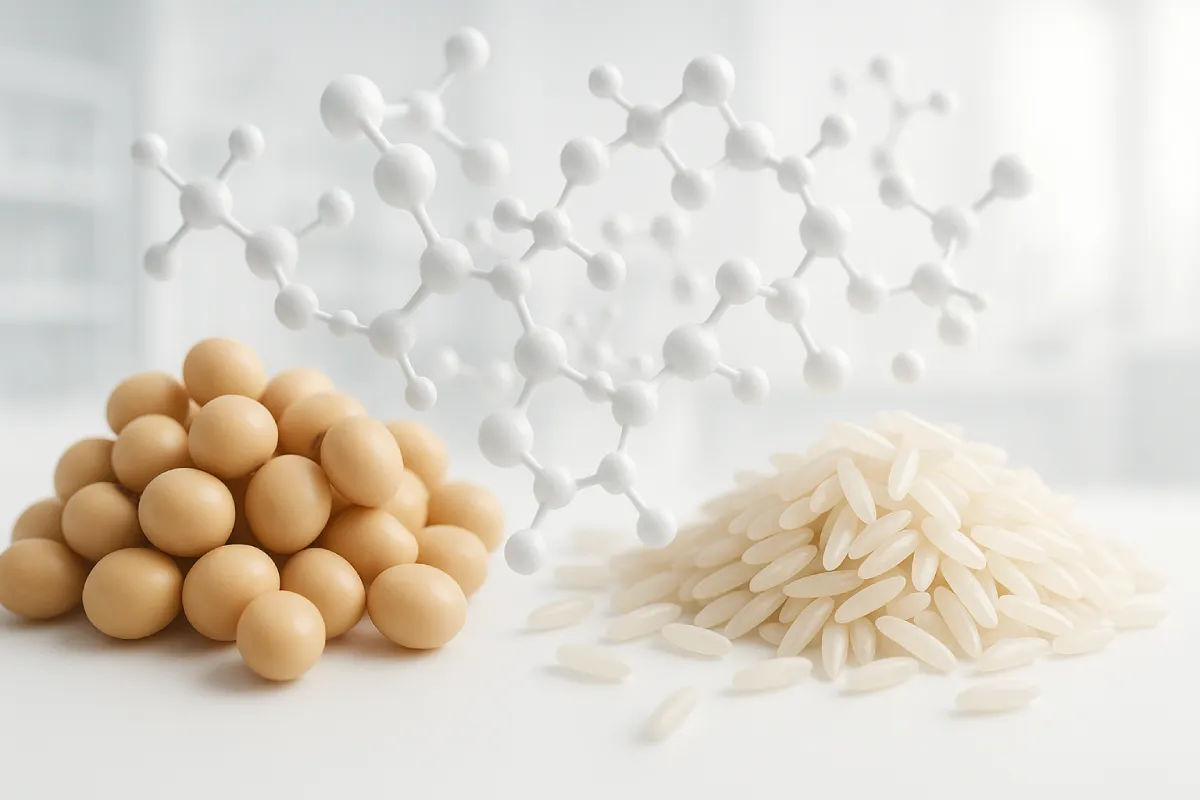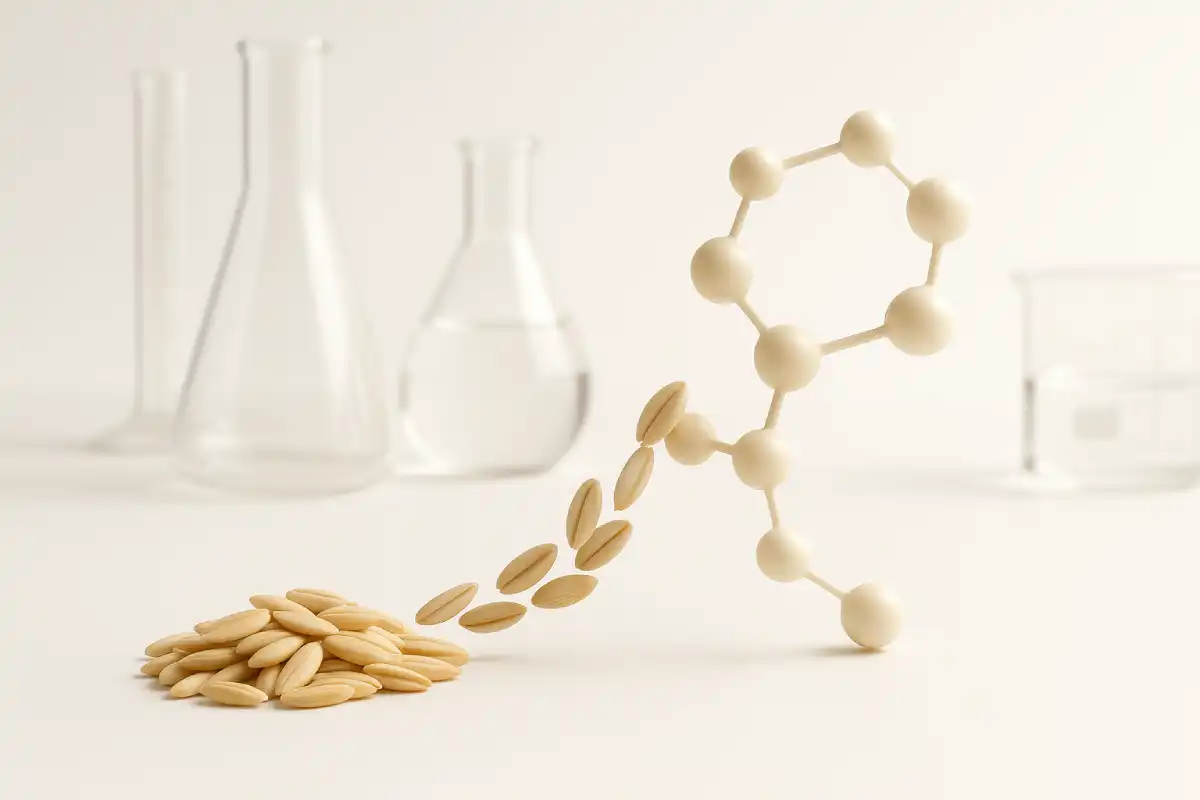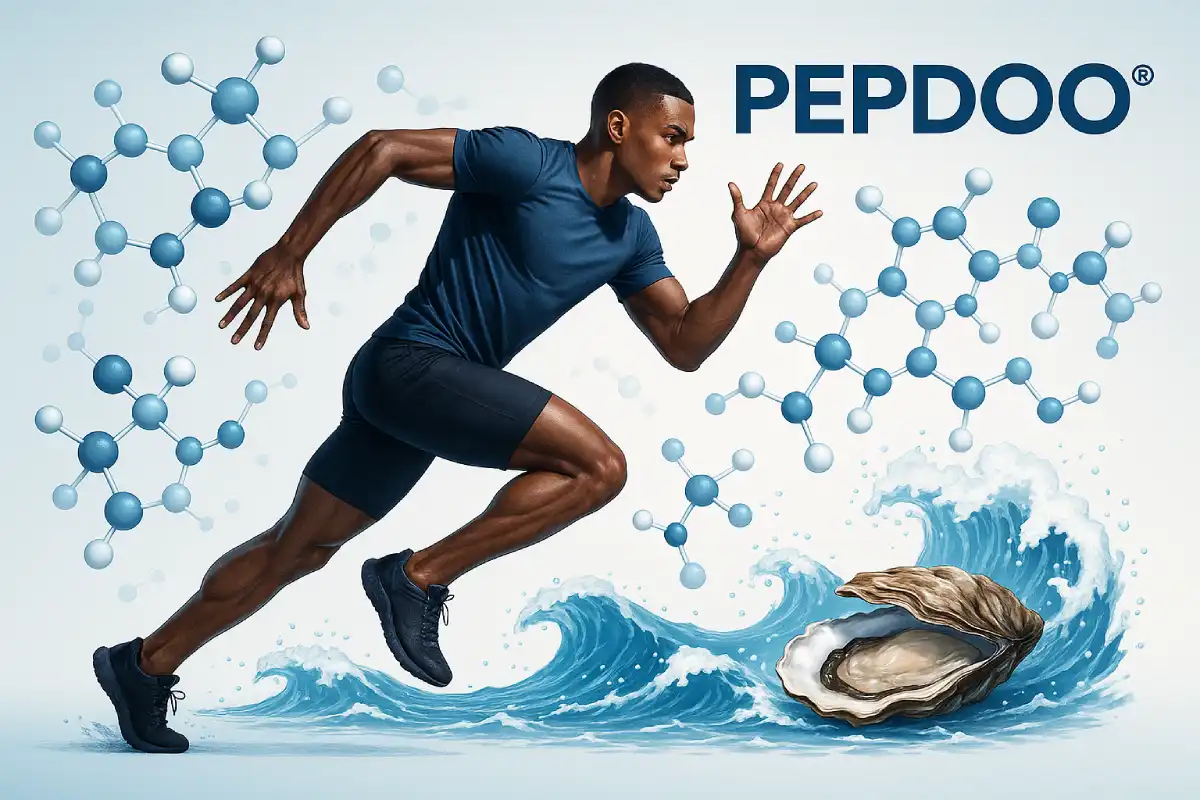From Raw Material to Functional Peptide: A Transparent Look Inside the Production Process
Functional peptides have become a cornerstone of modern health and wellness solutions, supporting everything from skin health and muscle recovery to metabolic regulation and immune function.
However, the efficacy and safety of these bioactive compounds are only as good as the processes behind their production. In today’s transparency-focused market, understanding how functional peptides are made—from raw material selection to final packaging—has become crucial for both brands and consumers alike. This article takes you inside a modern peptide production process, step-by-step.
Sourcing Excellence: Choosing the Right Raw Materials
Everything begins with selecting the highest quality raw materials. The biological source determines the peptide’s amino acid profile and, ultimately, its functionality. Trusted manufacturers prioritize sustainable and traceable ingredients—such as fish skin and scales, soybeans, egg whites, casein, and bovine bone collagen—ensuring each lot complies with clean label, non-GMO, and food safety regulations [1].
Sourcing is also about environmental responsibility. Many peptide suppliers work with sustainable fisheries or organic farming operations to ensure minimal ecological impact and consistent product quality [2].
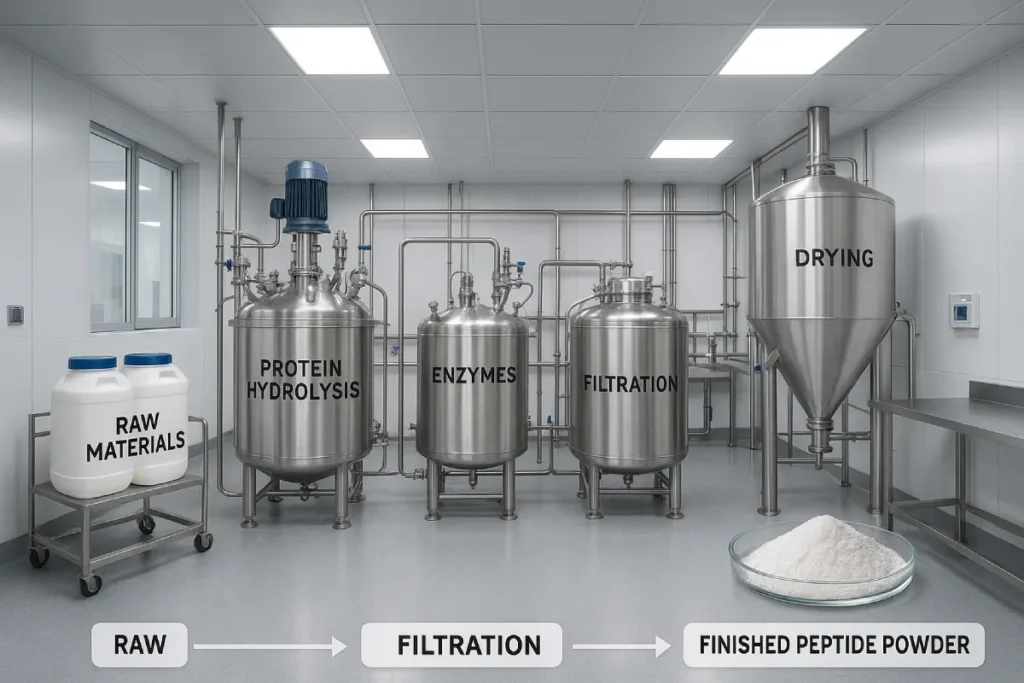
Pre-Processing: Cleaning, Defatting & Preparation
Before enzymatic hydrolysis can begin, raw materials undergo a series of pre-processing steps. This includes mechanical cleaning, degreasing, deproteinization, and enzymatic pre-activation. These steps remove unwanted lipids and debris while preserving key proteins for conversion into functional peptides [3].
Efficient pre-processing not only improves yield but also minimizes unwanted flavors and off-odors, which is especially important in nutritional applications.
Enzymatic Hydrolysis: The Core Technology
At the heart of functional peptide manufacturing lies enzymatic hydrolysis—a highly controlled, eco-friendly method of breaking down proteins into smaller, bioavailable peptides. Unlike chemical hydrolysis, this process uses food-grade enzymes under optimized temperature, pH, and time conditions to release specific peptide chains with targeted physiological effects [4].
Enzyme selection is critical. Some processes use proprietary or multi-enzyme systems to maximize yield and ensure a desirable molecular weight distribution. The goal is to produce peptides under 3,000 Da, which are easier to absorb and show higher biological activity [5].
Purification & Filtration: Ensuring Bioactivity and Safety
Following hydrolysis, the peptide mixture is passed through a multi-stage membrane filtration system, such as ultrafiltration or nanofiltration. These filters remove excess salts, fats, and undesired large proteins, leaving behind clean, active peptide fractions [6].
This step also helps in reducing microbial load and ensures the product meets stringent safety standards without the need for preservatives or high-heat sterilization.
Drying & Powder Formation: From Liquid to Stable Product
Next, the peptide liquid is transformed into a stable, shelf-ready powder using spray drying or freeze drying. Spray drying is more common due to its scalability and cost efficiency, while freeze drying is preferred for preserving peptide activity in high-end formulations [7].
Optimizing drying conditions preserves solubility, dispersibility, and flavor neutrality—important traits for integration into functional foods, beverages, or supplements.
Quality Control & Testing: Consistency You Can Trust
A robust quality assurance protocol is essential at every stage of production. Each batch is tested for molecular weight distribution, amino acid composition, peptide purity, microbial limits, heavy metals, and bioactivity potential [8].
Reputable manufacturers operate under GMP, ISO22000, or HACCP certifications to guarantee product consistency and traceability, supported by comprehensive COAs (Certificates of Analysis). Likewise, PEPDOO® strictly complies with these international standards, reinforcing our commitment to delivering high-quality and reliable functional peptide solutions.
Packaging & Storage: Preserving Functional Integrity
Once dried and tested, peptides are packed in moisture-proof, oxygen-barrier bags or food-grade jars to ensure long-term stability. Proper packaging helps maintain low water activity and prevents oxidation, which can degrade peptide quality [9].
Products are typically stored in cool, dry, and light-protected environments. B2B bulk packaging may differ from final retail packaging, depending on client requirements.
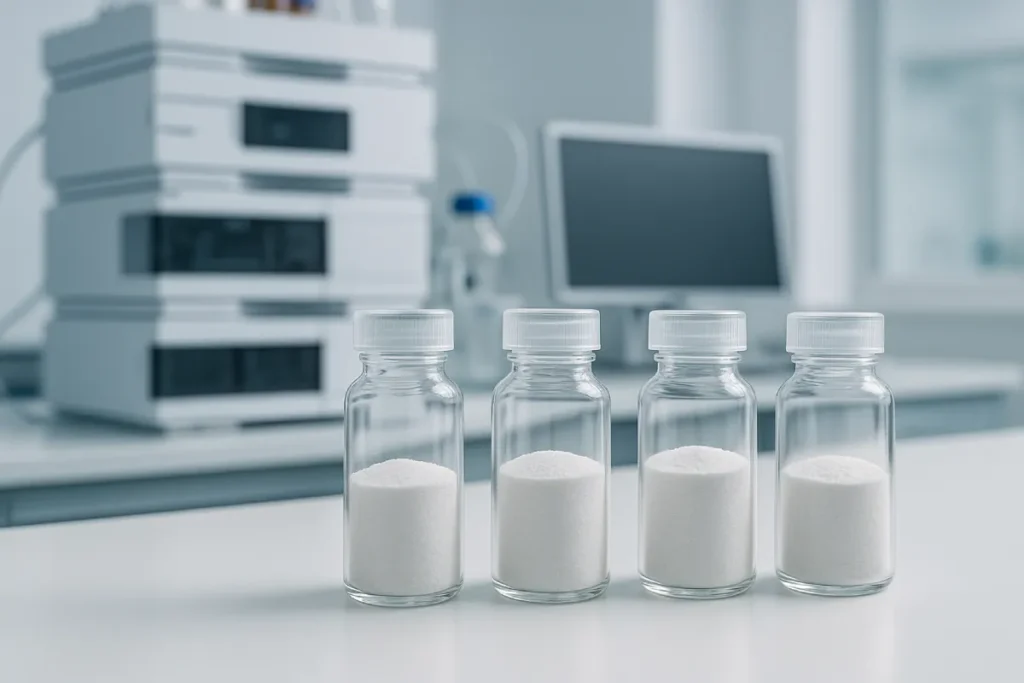
Traceability & Transparency: From Source to Shelf
In the era of clean-label nutrition, traceability is non-negotiable. Each batch of functional peptides comes with digital traceability systems, batch tracking, and third-party testing results, offering transparency across the supply chain [10].
For health-conscious brands and regulatory agencies, this data is critical for ensuring safety and reinforcing consumer trust.
Innovation & Customization: Tailored Functional Peptides
Many companies now offer customized peptide solutions based on target health functions such as skin beauty, joint health, metabolism, and cognitive support. Proprietary enzyme systems and bioinformatics tools are used to design peptides with precise bioactivities and optimized absorption characteristics [11].
Advanced R&D platforms even leverage AI to predict peptide sequences that interact with specific biological pathways—ushering in a new era of precision nutrition.
Conclusion: Science-Driven Peptide Manufacturing
From raw material to functional peptide, each step in the production chain is a controlled, data-driven process that prioritizes purity, bioavailability, and safety. This meticulous manufacturing approach is what differentiates high-quality peptide ingredients from commodity-grade alternatives.
For brands and consumers alike, understanding the production process fosters confidence in the products they trust to
Partner with the Global Innovator in Functional Peptides
Whether you’re developing advanced nutraceuticals, functional foods, or personalized health solutions—we’ve got the peptides to power your next breakthrough.
👉 Connect with Our R&D Team — Tailored peptide solutions. Proven results.
References
- Attele AS, Wu JA, Yuan CS. Ginseng pharmacology: Multiple constituents and multiple actions . Journal of Ginseng Research.
- Shahidi F, Zhong Y. Bioactive peptides . Journal of AOAC International, 91(4), 914–931.
- Kristinsson HG, Rasco BA. Fish protein hydrolysates: Production, biochemical, and functional properties . Critical Reviews in Food Science and Nutrition, 40(1), 43–81.
- Möller NP, Scholz-Ahrens KE, Roos N, Schrezenmeir J. Bioactive peptides and proteins from foods: Indication for health effects . European Journal of Nutrition, 47(4), 171–182.
- Hartmann R, Meisel H. Food-derived peptides with biological activity: From research to food applications . Current Opinion in Biotechnology, 18(2), 163–169.
- Rizzello CG, et al. Peptide fractions obtained through fermentation and enzymatic hydrolysis: Bioactivity and purification . Food Chemistry, 204, 326–335.
- LaClair KA, Etzel MR. Spray drying of whey protein isolate: Optimizing yield and functionality . Journal of Dairy Science, 93(6), 2477–2484.
- Korhonen H, Pihlanto A. Bioactive peptides: Production and functionality . International Dairy Journal, 16(9), 945–960.
- Galanakis CM. Ingredients recovery from food waste: Processing, techniques, and applications . Elsevier Academic Press.
- Traka MH, Mithen RF. Plant science and human nutrition: Challenges in assessing health-promoting properties of phytochemicals . Nature Reviews Genetics, 10(6), 365–370.
- Udenigwe CC, Aluko RE. Food protein-derived bioactive peptides: Production, processing, and potential health benefits . Journal of Food Science, 77(1), R11–R24.

